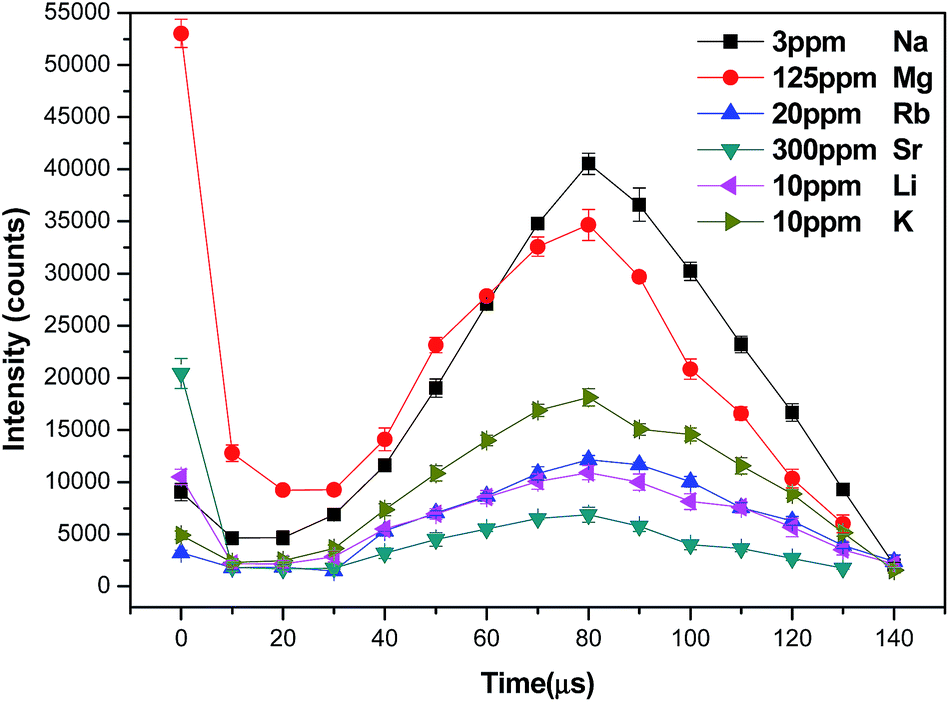
Injection-to-injection variations were typically 1−2% RSD with the SCGD.Ī liquid-sampling atmospheric-pressure glow discharge (LS-APGD) apparatus, in which the tube delivering the sample is conductive, was introduced in 2001 (Figure 3). Absolute (mass-based) detection limits with both designs were in the single picogram to single nanogram range. (25) To stabilize the discharge against transients during sample injection, a supplemental flow was added between the injection valve and the discharge. (16) In the second case, known as the miniature solution−cathode glow discharge (SCGD), the capillary itself had a small i.d. tube was inserted into it, so that only the last 20 mm of the transport tubing had the larger diameter. capillary was used, but an even narrower, 0.75-mm-i.d. In the first of the two flow-injection arrangements, described as a capillary ELCAD apparatus, a 1-mm-i.d. Obtaining the narrow peaks indicative of a good separation requires a detector with a low dead volume. None of the ELCAD-like designs has yet been used for chromatographic detection, but two have been coupled to flow injection, which produces a similar transient sample. Lower flow rates also make coupling to separation techniques attractive. Early, large discharge units yielded detection limits mostly in the single parts-per-million range, but the more recent, smaller versions offer detection limits at the single to subparts-per-billion level. The reduction in cathode size also has been a significant factor in improving detection limits. (19) Of course, narrow capillaries also simplify abnormal-glow operation, another benefit, because the cathode can then be fully covered by the discharge at lower current levels. (16, 19, 24) The common feature among these three units is their small cathode size (relative to earlier configurations) not surprisingly, the system working at the lowest flow rate also has the smallest cathode. (17, 18, 21-23) Three more-recent devices, however, operate at flow rates of 2.5 and 3.5 mL/min. Flow rates of 8−10 mL/min have been used in most designs. As a result, large amounts of sample solution are consumed, and significant volumes of waste are produced. Quantitative comparisons among the sources should be treated with some caution because they are not all optimized for the same purpose.Ī shortcoming of the ELCAD apparatus is that high solution flow rates are typically required because the capillary surface must be covered with solution for stable operation. We aim here to provide an overview of the field, highlighting similarities and differences in design, comparing strengths and weaknesses, and showing the evolution of this class of discharge systems. These attributes make them less costly, portable, and fast. In contrast, solution electrode discharge devices tend to be relatively small, operate at modest power levels, and require little or no added gases.

As a result, they can be a source of imprecision, memory effects, and matrix interference.

(1-3) Conventional nebulizers generate a range of droplet sizes, which are introduced into a discharge in an uncontrolled manner. They provide an alternative to nebulizer-based sample introduction, which is the Achilles’ heel of plasma source spectrometry. Solution electrode discharge systems are emerging tools in atomic spectrometry because they offer potential advantages over commercially and analytically successful plasma source techniques.


 0 kommentar(er)
0 kommentar(er)
